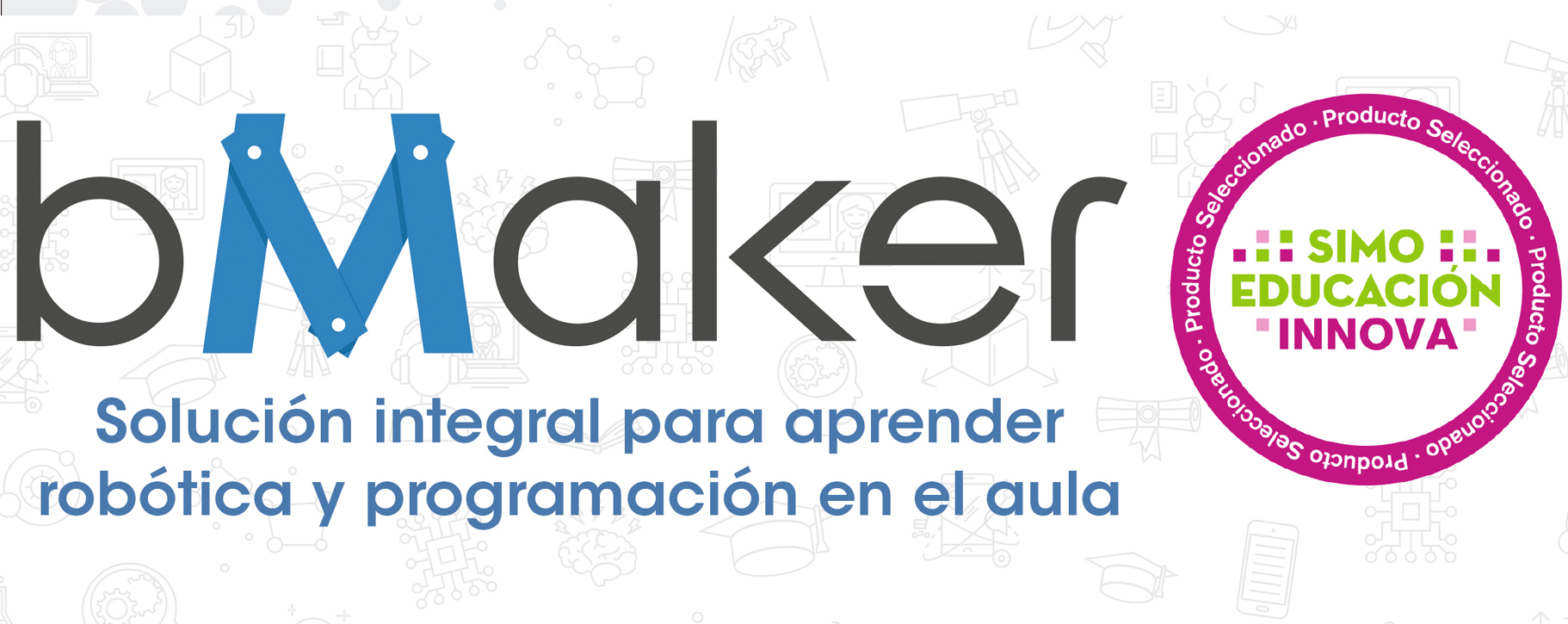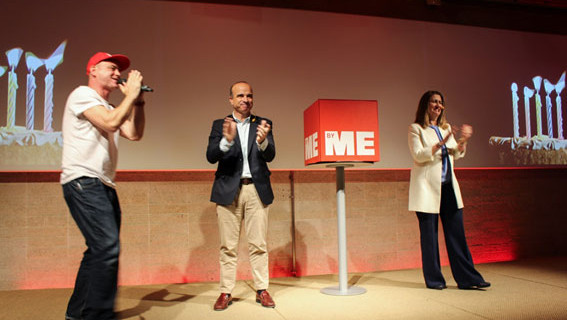GAMIFICATION: They think they’re playing, we know they’re learning
This post is also available in: Español (Spanish)
What is gamification?
Gamification is the incorporation of game elements into a non-game activity. Examples of these elements include: medals, points and challenge levels. The main reason for using gamification in education is to increase student motivation.
How does it work?
Gamification incorporates the fundamental elements of a game into a planned and guided learning process. The student tries to complete tasks and challenges that increase in difficulty, going from one level to another, receiving positive reinforcement and even different types of rewards. Tasks with an educational purpose are merged with the attractive elements of play.
Why does it work?
Gamification responds to the human need to feel challenged, to receive positive reinforcement, to have control over our decisions and actions, and to experience variety in the tasks we carry out. All this amounts to the motivation to keep progressing and increase the time spent on tasks, resulting, in the case of gamification in education, in learning.
Examples of gamification in education
Gamification is not a new concept. In fact, it is a concept that has been used for many years, in various ways and to support learning for all ages. As with all effective methodologies, gamification continues to evolve, hand in hand with new technologies. Digital platforms such as our digital solution NAVIO, demonstrate how gamification can be introduced inside and outside the classroom to encourage learning. NAVIO is a digital solution that encourages the acquisition of English through play.
Positive results of gamification
Academic studies have shown that the use of gamification in teaching results in greater learning, an increased motivation in the subject and better grades.
What do teachers, parents and the students themselves think?
Visit the NAVIO page.
Find out more about gamification in White Paper , written by Dr. Deborah Healey.





